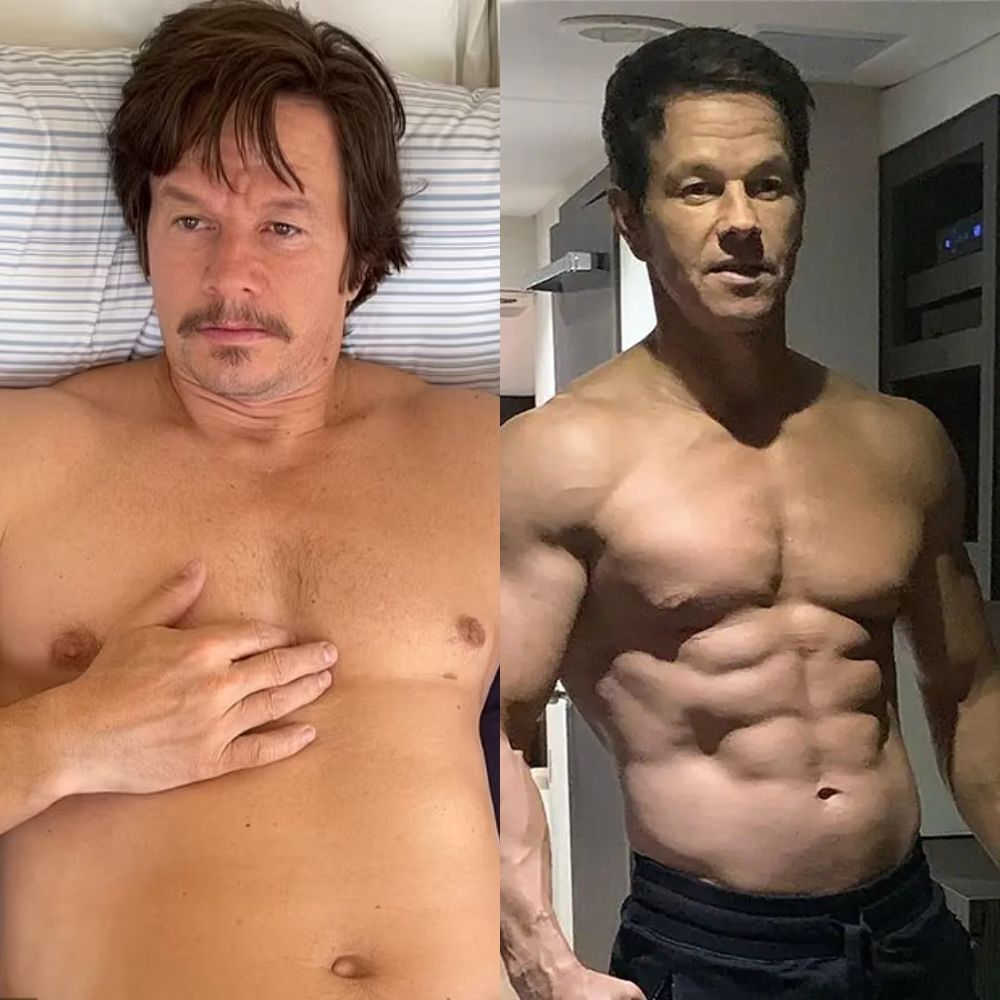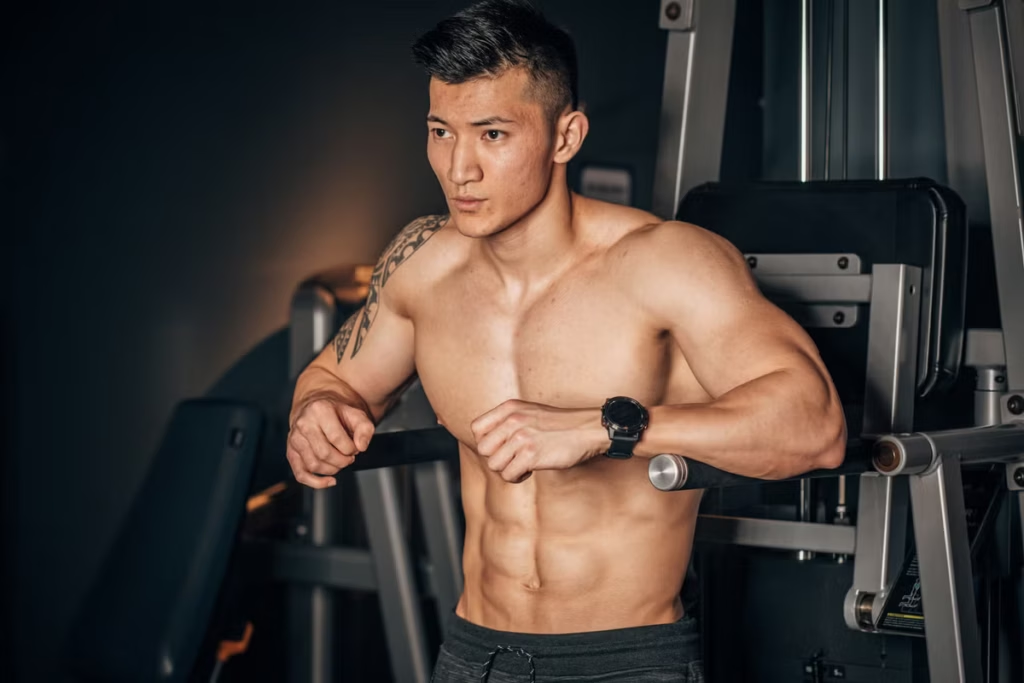It’s the one body part men around the world obsess over: the abs. Few muscles are put under such scrutiny as the abdominals, and it’s to them that we owe our perpetual quest for the six-pack or, depending on just how rigorous you’re willing to be about your fitness and diet regimen, the ever-elusive twelve-pack. Not surprisingly, we seem to base our entire gym routine around the abdominals, spending any number of hours in the gym twisting and contorting our torsos in the hope that when we awake the next day, we’ll find ourselves in possession of a defined mid-line. But in a recent study, scientists have now revealed some useful information for all those looking to shape up their core: crunches are out, planks are in.
In a recent study conducted by Pennsylvania State University for the Journal of Strength and Conditioning Research, electrodes were attached to 20 participants who were then asked to tackle 16 different core exercises. The electrodes measured how intensely each exercise activated their muscles, with the more a muscle was activated equating to the harder it’s working or, as the researchers wrote, “thereby maximising functional gains and peak performance.”
The study found that exercises that specifically target your core muscles in solution – think crunches or oblique crunches – aren’t actually the most effective at targeting your abs. Rather, you want to be doing ‘integration’ exercises, which are movements that also recruit your back, shoulder and flute muscles – like planks, side planks, and mountain climbers.
These integration exercises were found to be far more taxing for your core than isolated exercises and it’s not hard to see why. When engaging in a plunk, the position not only forces your mid-section to work extra-hard to keep your spine stable, but the intra-abdominal pressure it creates is a brilliant carry over to exercises like the squat or deadlift. Basically, you’re maintaining a braced core throughout the entire exercise.
As MH UK fitness editor, Andrew Tracey, explains, the benefit of the plank is that you can also focus on nailing your form. “While it’s easy to get lost in the motion of performing endless passive reps of sit-ups, the stillness of the plank affords you the opportunity to actively think about achieving tension throughout your entire core,” says Tracey. “Improving this ability has huge carryover to every other lift you perform in the gym, helping you to build rock hard stability through your trunk. This helps you to transfer power more efficiently, perform more reps and avoid injury.”
To get the most out of your planks, Tracey suggests you should really embrace the idea of ‘integration’ in the exercise, and focus on switching on every muscle in your body, from the abs to your glutes and even your quads. You should aim to create as much tension as possible and actively think of “compressing” your body towards a centre point. Though social media loves to advertise the latest plank challenge with people holding it for upwards of 15 minutes, Tracey adds that you really don’t need to hold the pose for days on end, but rather perform the exercise properly and for maximum tension. If you’re really doing the plank correctly – a move Tracey deems the “hardstyle plank” – you really shouldn’t be able to hold it for any longer than 20 seconds.













